What is PRP?
PRP, also known as Platelet-Rich Plasma Therapy, is a method of skin rejuvenation using a natural product derived from a patient’s own blood. PRP is a high concentration of platelets surrounded in its own plasma.
How it Works
A small amount of blood, similar to what is required for a basic lab test, is drawn from the patient and placed in a sterile tube that is spun in a centrifuge to separate the different components of the blood. Red and white blood cells are divided from the high concentration of platelets and the plasma (the clear fluid). The platelets contain several growth factors that can help stimulate cell growth, collagen and tissue regeneration. PRP can either be applied topically after treatments, such as microneedling or fractional laser or can be administered by injection.
Historically, PRP has been used in orthopedic medicine, dentistry and reconstructive surgery to help speed recovery. Now it’s used in aesthetic medicine to help damaged, aging skin grow new collagen and elastin for beautiful, youthful results.
Results
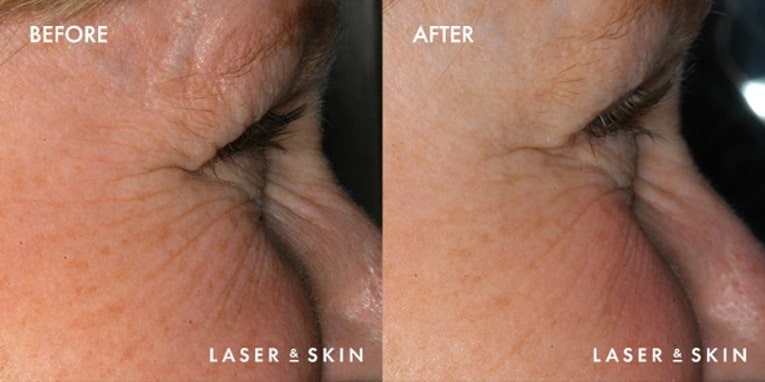
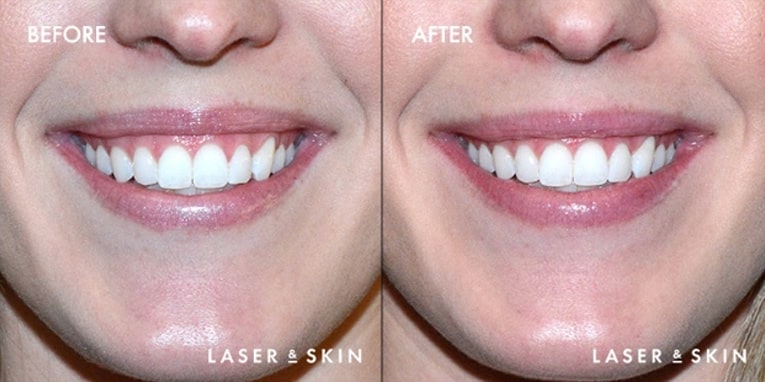
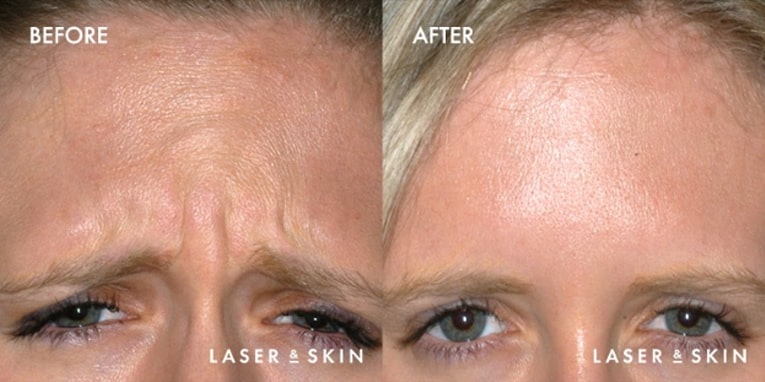
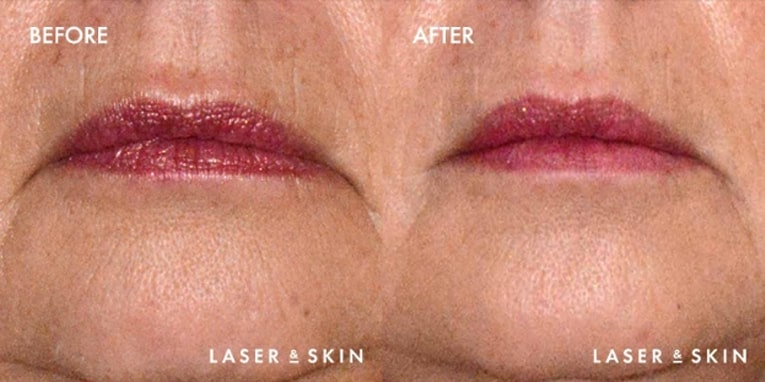
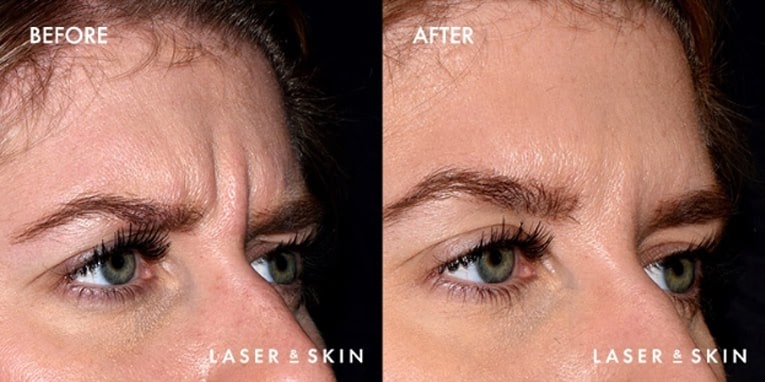
Recovery
If administered by injection, most patients will experience mild to moderate swelling of the treated area. This will last for about 12 to 24 hours. Ice or cold compresses can be applied to reduce swelling if required. You may notice a tingling sensation while the cells are being activated. In rare cases, skin infection may occur, which is treated with an antibiotic.
If PRP is applied topically in conjunction with another procedure, recovery time may vary. Your doctor will discuss this with you at the time of your consultation.
Frequently Asked Questions
Is prp safe?
PRP Therapy is very safe because cells from the patient’s own blood are used, which means there are no preservatives and no chance of the body rejecting the cells. The primary risks and discomforts are related to the blood draw where there is a slight pinch to insert the needle for collection, and there is a potential for bruising at the site.
What is prp with fractional laser?
Fractional laser treatments such as Fraxel are known for their ability to re-texture skin. Following your fractional laser treatment, PRP serum is applied to the skin. This accelerates healing and increases new collagen formation.
What is prp with microneedling?
PRP can also be applied topically after microneedling treatments such as Vivace. The microneedling makes tiny wounds in the skin, which accept the PRP serum. This begins the process of collagen creation, along with the tissue enhancement from growth factors found in the plasma serum.


